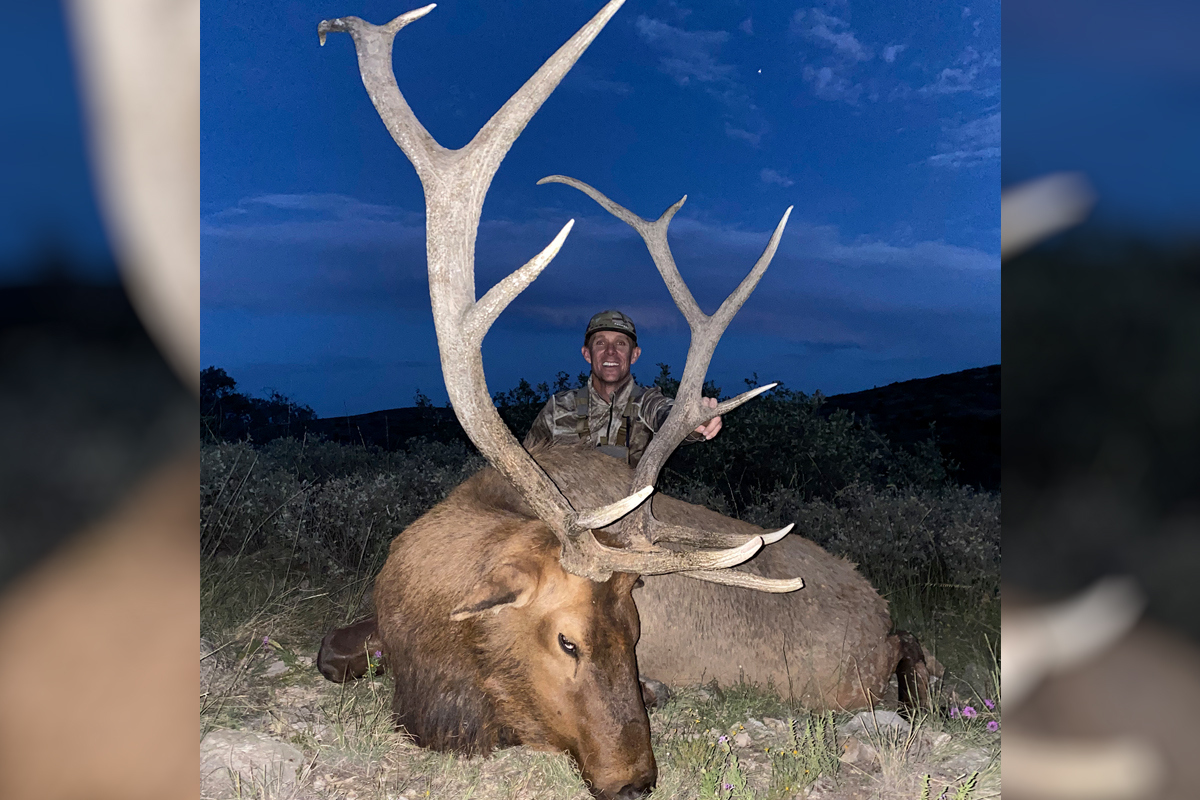Free Range Axis Hunts in Texas: What You Need to Know Prior To You Go
Checking Out the Thrill of Searching Adventures in Diverse Landscapes
The pursuit of hunting in varied landscapes presents a fascinating crossway of skill, strategy, and regard for nature. Each terrain, from the majestic elevations of the hills to the elaborate communities of marshlands, uses distinctive challenges and benefits that can significantly form the searching experience. Understanding these varied environments not just improves the excitement of the chase but additionally strengthens one's connection to the environment. As we analyze the unique characteristics of each setting, it comes to be clear that the experience prolongs past the search itself, causing concerns concerning preparation, frame of mind, and the moral effects of the sport.
Mountain Hunting Experiences
As seekers ascend the sturdy terrain of mountainous regions, they usually experience a special mix of difficulties and rewards that specify the hill hunting experience. The elevation and steep inclines demand not only physical endurance but also calculated planning. Browsing rough outcrops and variable climate condition can check also one of the most skilled seekers.
The main appeal of mountain hunting depends on its awesome landscapes and the possibility to pursue elusive video game species, such as hill goats or elk, which are adapted to these extreme atmospheres. Detecting and tracking these animals commonly calls for an eager understanding of their actions and habitat, making each effective encounter greatly satisfying.

Nonetheless, safety and security stays paramount; hunters need to equip themselves with ideal equipment and knowledge to take care of the unpredictable elements of the mountains. Generally, hill searching offers an engaging combination of journey, ability, and respect for the environment that remains to draw in lovers every year.
Woodlands: The Heart of the Search
Involved in the thick plant of woodlands, seekers involve in a diverse experience that integrates method, ability, and a profound connection to nature. Forest searching offers special difficulties and rewards, as the thick underbrush and imposing trees produce an intricate atmosphere for both predator and target. The component of stealth ends up being paramount, needing hunters to navigate silently through the vegetation, attuned to the sounds and motions of wildlife.
From deer and wild boar to smaller sized video game, each hunt demands a customized approach. The woodland's complex tracks and natural barriers often dictate hunting strategies, demanding versatility and quick decision-making.

Open Plains and Game Tracking
Open plains offer a large expanse that provides distinctive chances and difficulties for hunters involved in video game monitoring. The open landscape permits visibility over cross countries, enabling hunters to identify game such as antelope, deer, or wild turkey from afar. This same openness can make it testing to strategy read the full info here without being spotted, as animals have an unblocked view of their surroundings.
Successful video game tracking in these environments needs a keen understanding of pet habits, especially their watering, movement, and feeding patterns. Understanding of the surface is vital; seekers have to determine functions such as grassy ridges, sprinkling openings, and natural cover that can help in calculated positioning. Wind direction plays a vital role in decreasing scent detection, requiring careful planning in strategy.
Using monitoring strategies, such as observing tracks, droppings, and feeding indicators, can give useful understandings right into animal motions. The capability to read the land and adapt to moving conditions enhances the possibility of an effective quest. Eventually, the adventure of tracking game across open plains lies not just in the quest however likewise in the mastery of skills that attach seekers to the wild landscape they browse.
Coastal and Marshland Adventures
The distinct atmosphere of seaside and marshland locations provides hunters with a various set of chances and obstacles compared to the vast open plains. These rich communities, characterized by a mix of deep sea and freshwater habitats, supply diverse wildlife, consisting of waterfowl, migratory birds, and different tiny game types. The vibrant nature of trends and seasonal adjustments can substantially impact game availability, calling for seekers to adapt their techniques accordingly.

Additionally, climate condition, such as high winds and rain, can play a substantial duty in searching experiences (free range axis hunts in Texas). Therefore, preparation and knowledge of regional problems are critical. Ultimately, coastal and marshland adventures use an awesome hunting experience that challenges even the most experienced seekers, highlighting the significance of adaptability and environmental understanding
Tips for Diverse Terrain Hunting
Navigating diverse terrains calls for a tactical method to take full advantage of hunting success. Each landscape presents distinct difficulties and possibilities that seekers have to understand to grow.
Firstly, acquaint on your own with the details features of the surface-- whether it be mountainous, forested, or dry. Examining topographic maps and satellite images can provide understandings right into the very best paths and prospective video game routes. free range axis hunts in Texas. Furthermore, consider the weather condition patterns, as they can significantly affect animal activity and habits
Second of all, adjust your gear to fit the environment. Lightweight gear is crucial for mountainous regions, while water-proof devices is essential for marshland. Always ensure that your camouflage lines up with the all-natural shades and appearances of the landscape to enhance concealment.
Furthermore, technique perseverance and observation. Hang out quietly scanning your surroundings; many pets are proficient at mixing into their atmosphere. Utilize phone calls and fragrances that simulate neighborhood wildlife to attract your target.
Finally, work together with seasoned seekers familiar with the surface. Their understanding can offer important tips and boost your overall success while guaranteeing security in strange landscapes. By employing these approaches, hunters can efficiently navigate varied terrains and raise their possibilities of a fulfilling journey.

Conclusion
The expedition of searching adventures throughout diverse landscapes exposes the detailed partnership in between humans and nature. Each atmosphere, from rugged hills to dense woodlands, open levels, and look what i found seaside marshlands, provides one-of-a-kind obstacles that this content improve the hunting experience.
Each terrain, from the stunning elevations of the hills to the intricate environments of marshlands, uses unique obstacles and benefits that can considerably form the hunting experience.As hunters ascend the sturdy surface of mountainous areas, they typically run into a distinct blend of obstacles and incentives that specify the mountain hunting experience. Forest hunting presents distinct challenges and benefits, as the thick underbrush and towering trees produce a complex atmosphere for both predator and prey. Inevitably, seaside and marshland experiences use an exhilarating searching experience that tests even the most skilled hunters, highlighting the relevance of versatility and environmental awareness.
Each environment, from tough mountains to thick forests, open plains, and coastal marshlands, offers distinct difficulties that enhance the hunting experience.